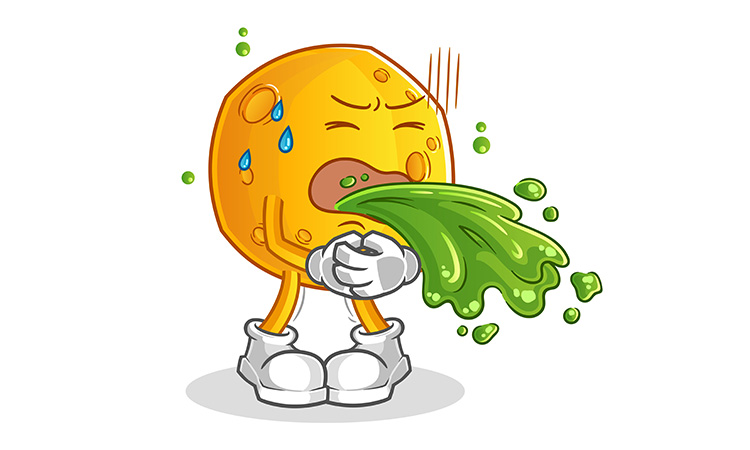Intermittent fasting (IF) has gained popularity as an effective method for weight
management and overall health improvement. However, despite its numerous benefits,
some people experience discomfort, often humorously depicted by the vomiting
emoticon ��. This symbol captures the occasional nausea that can accompany fasting
especially for beginners.
Nausea during intermittent fasting can stem from various factors. A sudden change in
eating habits can shock the digestive system, leading to feelings of queasiness.
Additionally, fasting can result in low blood sugar levels, causing dizziness and nausea.
Dehydration, often overlooked, can exacerbate these symptoms, making the fasting
experience uncomfortable.
To mitigate nausea, it’s crucial to approach intermittent fasting gradually. Start with
shorter fasting periods and slowly increase the duration as your body adjusts. Staying
hydrated by drinking plenty of water and herbal teas can also alleviate nausea.
Consuming balanced meals with sufficient nutrients during eating windows helps
maintain stable blood sugar levels and prevent digestive issues.
While the vomiting emoticon may be a lighthearted representation of the occasional
discomfort associated with intermittent fasting, it underscores the importance of
listening to your body and making adjustments to ensure a positive fasting experience.
With patience and proper care, the benefits of intermittent fasting can be fully realized
without the unpleasant side effects.

